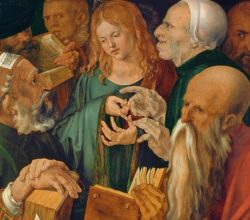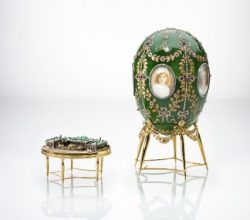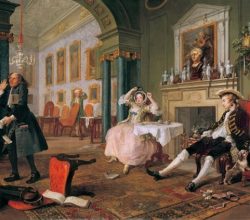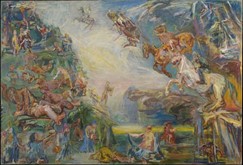
Dürer’s Journeys: Travels of a Renaissance Artist review – Is the classic blockbuster exhibition in its death throes?
Mark Hudson | The Independent | 19th November 2021
This show “loses its way” somewhat – but how far wrong can you go exhibiting Dürer? Travel to Italy allowed him to share his exactitude and dark Germanic imagination. Italian artists in turn exposed him to Venice’s sensuality, colour and focus on classical beauty. Who influenced whom the most is moot. Travel ensured that Dürer entered “the bloodstream of European art”. What he learned, says one critic, included a new, modern idea – the artist as a genius.



